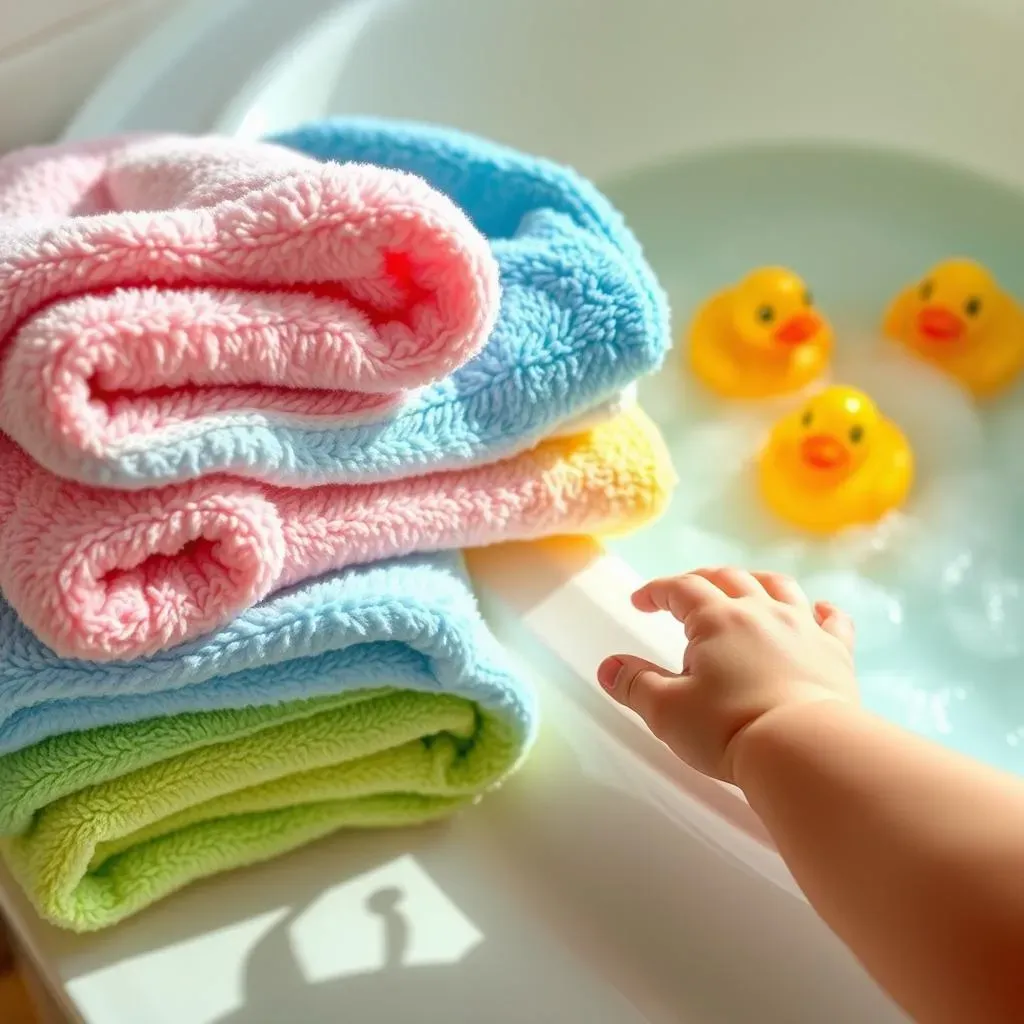Table of Contents
Bringing a new baby home is a whirlwind of excitement and a mountain of "stuff." Among the tiny socks and adorable outfits, it's easy to overlook the essentials, like baby towels. But trust me, those soft, absorbent squares will become your best friend after bath time, during messy mealtimes, and for countless other spills. So, how many baby towels do you need to navigate those early years? It's a question every parent ponders, and the answer isn't as straightforward as you might think. This article dives deep into the world of baby towels. We'll explore why regular towels just won't cut it for delicate baby skin, the factors that influence the ideal number of towels for your family, and how to care for them properly. We'll also cover how often you should be washing those towels and the telltale signs that it's time for a fresh one. Get ready to ditch the guesswork and discover the perfect baby towel stash to keep your little one clean, comfy, and cozy.
Why You Can't Just Use Regular Towels for Your Baby
Why You Can't Just Use Regular Towels for Your Baby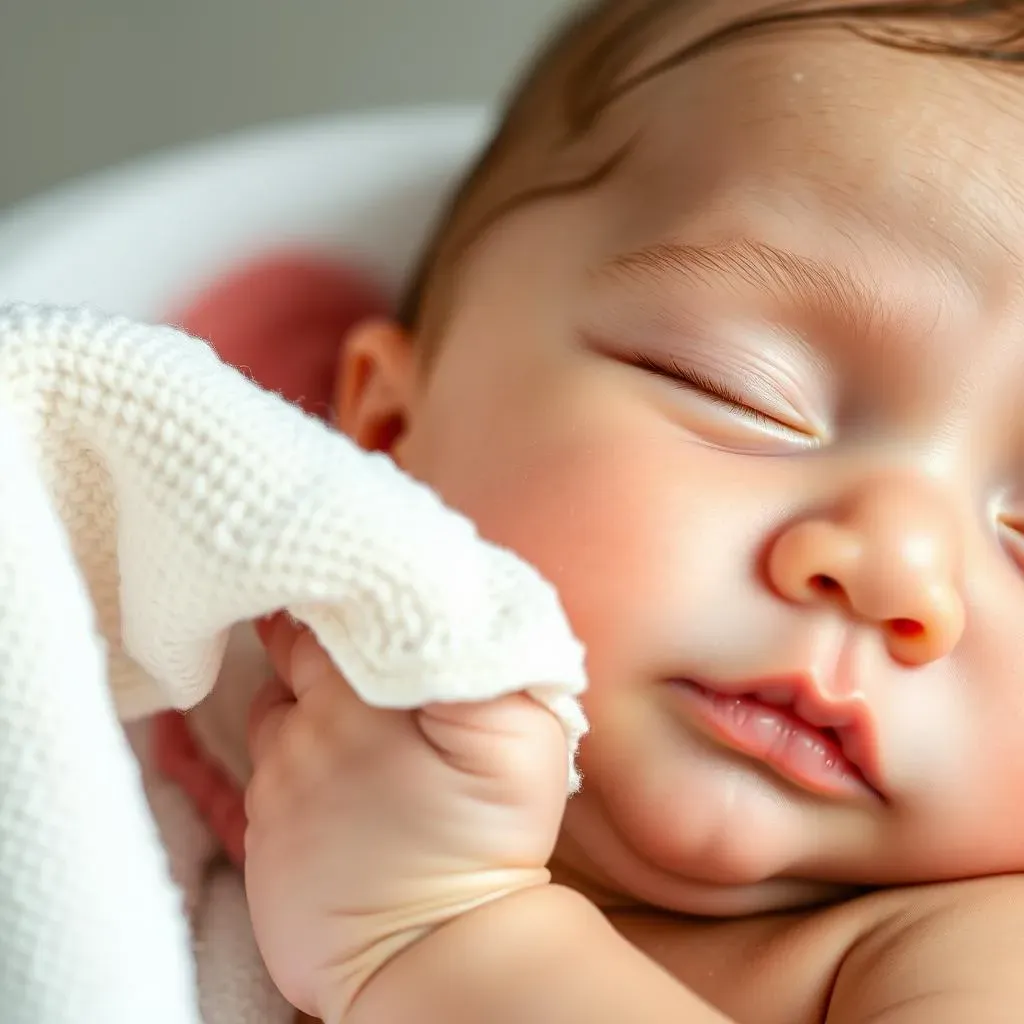
The Harsh Reality of Adult Towels
Think about your own bath towel. It's probably thick, maybe a little rough, and designed for adult skin. Now imagine rubbing that against your newborn's delicate skin. Ouch! Adult towels are often made with coarser fibers that can irritate a baby's sensitive epidermis. This can lead to redness, dryness, and even exacerbate conditions like eczema. It's simply not worth the risk.
I remember using a regular towel on my niece once when I was in a pinch. Her skin turned bright red almost instantly! That's when I truly understood the difference and the importance of gentle materials.
Baby Skin vs. Adult Skin: A World Apart
A baby's skin is significantly thinner and more permeable than adult skin. This means it absorbs moisture and loses it much faster. Regular towels, designed for adult skin, can strip away too much moisture, leaving a baby's skin feeling dry and uncomfortable. Baby towels, on the other hand, are typically made from ultra-absorbent yet gentle materials like cotton, bamboo, or muslin, which are designed to wick away moisture without being abrasive.
Consider this: baby skin is still developing its natural protective barrier. Using harsh materials can disrupt this process, making their skin more vulnerable to irritants and allergens.
Material Matters: Choosing the Right Fabric
When it comes to baby towels, the material is everything. Look for options like:
- Cotton: A classic choice, known for its softness and absorbency. Opt for organic cotton to avoid harmful chemicals.
- Bamboo: Incredibly soft and naturally antibacterial, making it a great option for sensitive skin.
- Muslin: Lightweight and breathable, perfect for warmer weather or for babies who tend to overheat.
- Microfiber: Super absorbent and quick-drying, but make sure to choose a high-quality microfiber specifically designed for babies.
Avoid towels made with synthetic materials or harsh dyes, as these can irritate a baby's skin. Always wash new towels before using them to remove any potential residue from the manufacturing process.
Material | Pros | Cons |
|---|---|---|
Cotton | Soft, absorbent, affordable | Can shrink, may not be as durable as other options |
Bamboo | Ultra-soft, antibacterial, sustainable | More expensive than cotton |
Muslin | Lightweight, breathable, gets softer with each wash | Not as absorbent as cotton or bamboo |
Factors to Consider When Deciding How Many Baby Towels to Buy
Factors to Consider When Deciding How Many Baby Towels to Buy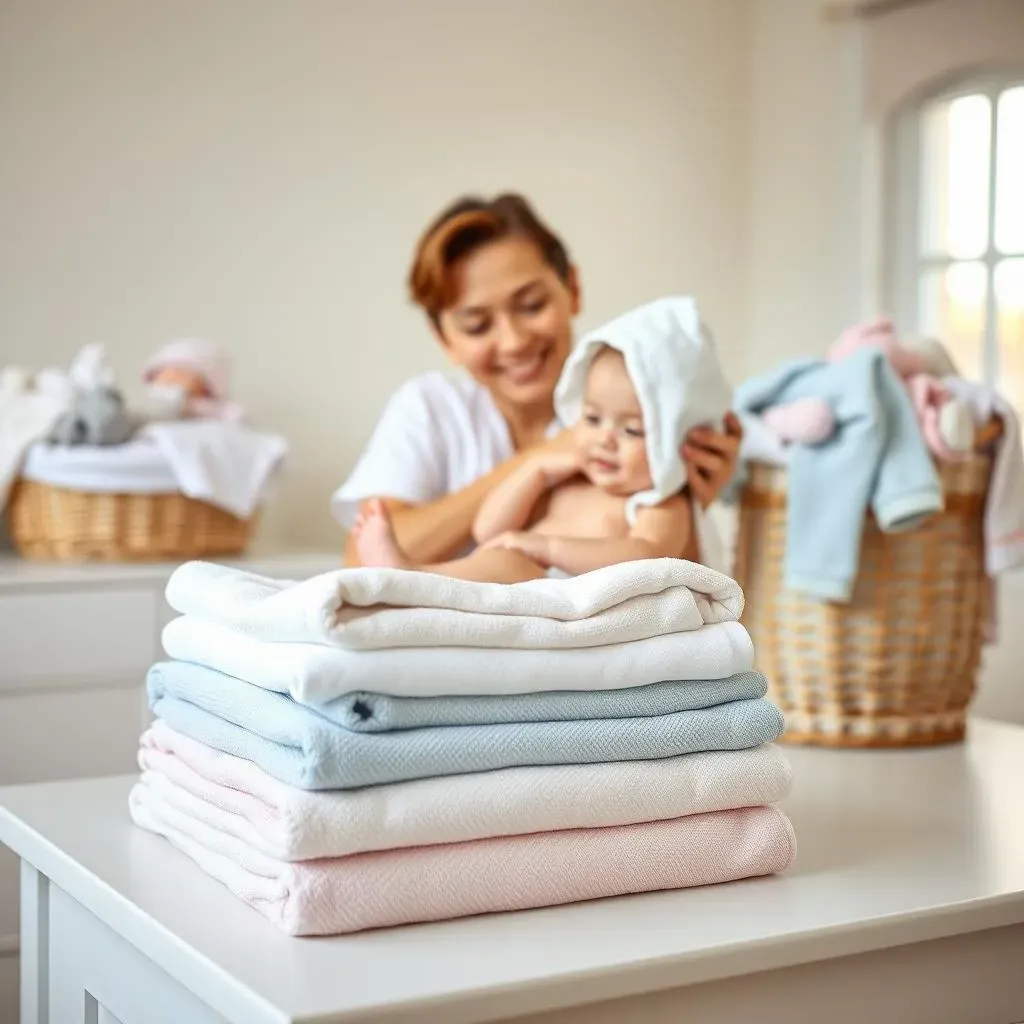
so you're convinced that baby towels are a must. But how many baby towels do you need, really? The answer depends on several factors unique to your lifestyle and baby's needs. Think about laundry frequency: are you a wash-every-day kind of person, or do you let it pile up a bit? How often does your baby spit up or have diaper explosions (because, let's be real, it happens!)? Do you plan on using towels just for bath time, or will they be your go-to for wiping up messes throughout the day? All of these things will influence the number of towels you need to have on hand.
Laundry Frequency: The Backbone of Your Towel Supply
If you're diligent about laundry, washing baby clothes and towels every day or every other day, you can probably get away with a smaller stash – say, 3-4 towels. This allows you to have one in use, one in the wash, and one or two backups. However, if laundry is more of a weekly event, you'll definitely want to increase that number to at least 6-8 to avoid running out. Nobody wants to be caught short after a bath with a cold, wet baby!
Spit-Up and Messes: The Unpredictable Variables
Babies are messy creatures. Spit-up, drool, leaky diapers – it's all part of the package. If your baby is a frequent offender, you'll find yourself reaching for a towel multiple times a day. In this case, having a larger supply is essential. Consider designating a few towels specifically for non-bath time messes. This will help you keep your bath towels clean and fresh for their intended purpose.
Think of it like this:
- Minimalist Laundry (Daily/Every Other Day): 3-4 towels
- Average Laundry (Every Few Days): 5-6 towels
- Lax Laundry (Weekly): 7-8+ towels
Beyond Bath Time: Towels as Multi-Taskers
Are you planning on using baby towels solely for drying off after a bath? Or will they also serve as burp cloths, changing pad covers, or makeshift blankets in a pinch? If you envision them playing multiple roles, you'll need to factor that into your calculations. I often used a baby towel as a changing pad cover when we were out and about – it provided a clean, soft surface for my little one.
The Hooded vs. Non-Hooded Debate
Hooded towels are adorable and can be super practical for keeping baby's head warm after a bath. However, they tend to be a bit smaller than regular baby towels. Some parents prefer a mix of both, using hooded towels for newborns and larger, non-hooded towels as the baby grows. This is purely a matter of personal preference, but it's something to consider when deciding on the quantity and type of towels to buy.
How to Care for Your Baby Towels to Make Them Last
How to Care for Your Baby Towels to Make Them Last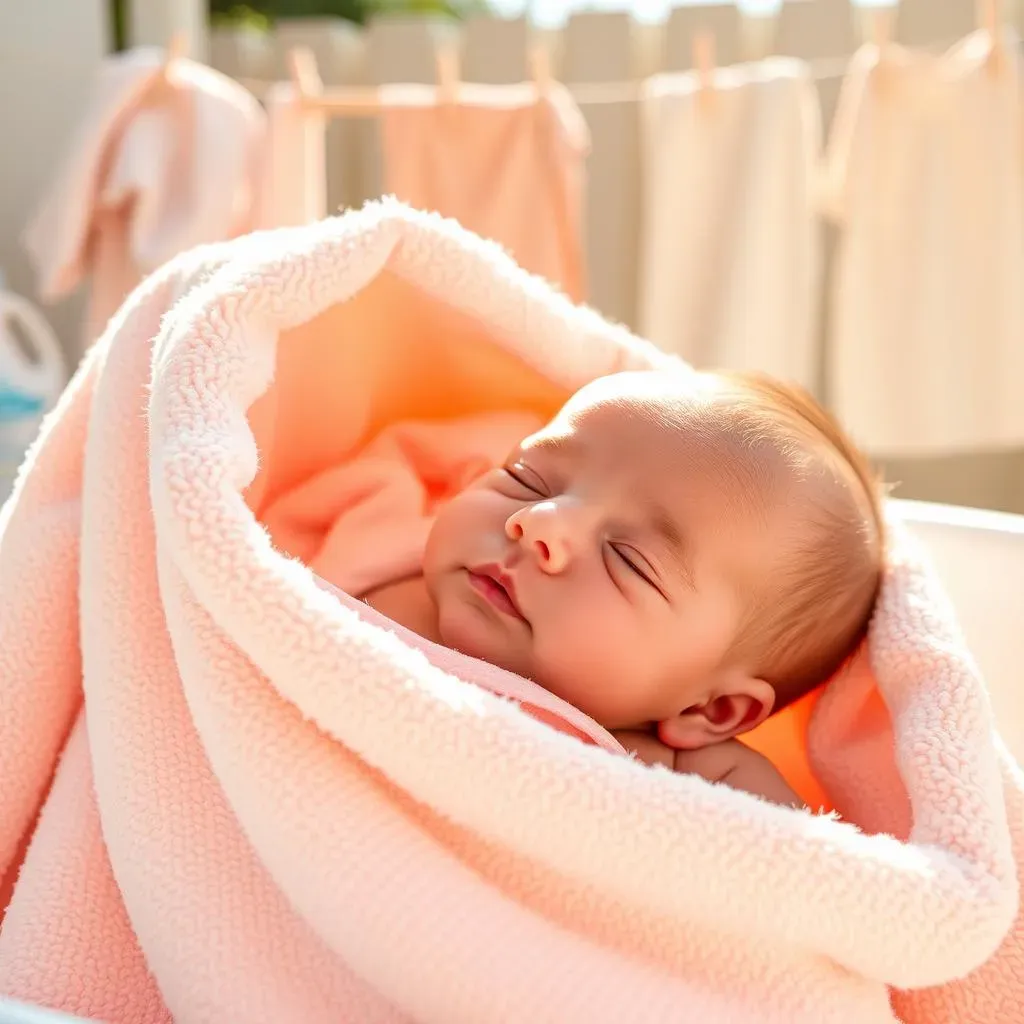
Washing Wisdom: Gentle Cycles and Baby-Safe Detergents
so you've got your stash of adorable baby towels. Now, let's talk about keeping them in tip-top shape. First and foremost, ditch the harsh detergents and fabric softeners! Baby skin is super sensitive, and those chemicals can cause irritation. Opt for a gentle, fragrance-free detergent specifically designed for babies. When washing, use a gentle cycle and avoid overloading the machine. Overloading can prevent the towels from getting properly cleaned and rinsed, leaving behind residue that can irritate your baby's skin.
I always double-rinse my baby's towels to ensure all the detergent is completely gone. It's a small step that can make a big difference!
Drying Dos and Don'ts: Preserving Softness
How you dry your baby towels is just as important as how you wash them. High heat can damage the fibers, making the towels feel stiff and scratchy. Tumble drying on low heat is the best option for maintaining softness. Alternatively, you can hang them out to dry in the sun. Sunlight is a natural disinfectant and can help to brighten white towels. Just be careful not to leave them in direct sunlight for too long, as this can fade the colors.
Avoid using dryer sheets, as they contain chemicals that can irritate baby's skin and reduce the towel's absorbency. Instead, try using dryer balls to help fluff up the towels and reduce static cling.
Drying Method | Pros | Cons |
|---|---|---|
Tumble Dry (Low Heat) | Convenient, quick | Can damage fibers with high heat |
Hang Dry | Natural disinfectant, eco-friendly | Takes longer, can make towels stiff if not fluffed |
Signs Your Baby Needs a Fresh Towel (and How Often to Wash Them)
Signs Your Baby Needs a Fresh Towel (and How Often to Wash Them)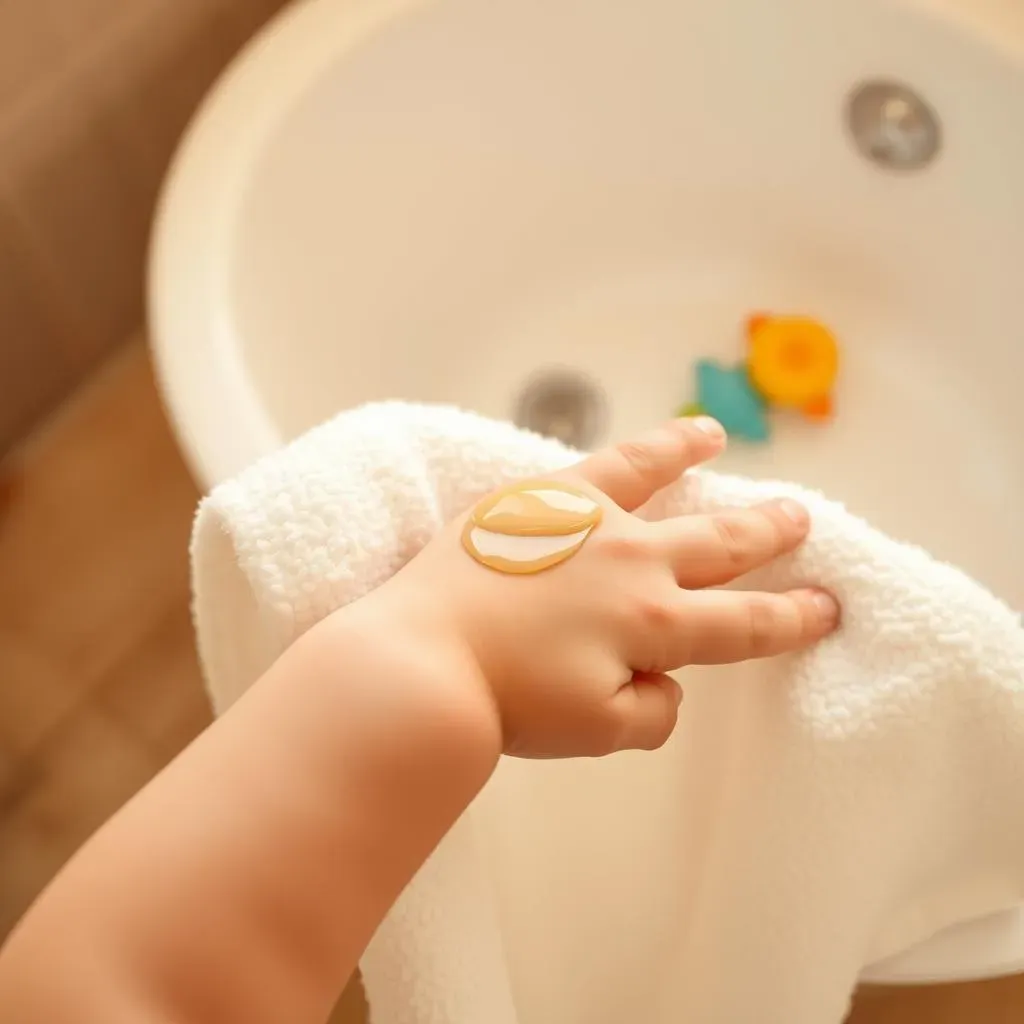
The Sniff Test and Visual Cues
let's get real. Sometimes, the most obvious sign is the best one: the sniff test! If your baby's towel smells even remotely funky – like sour milk or, well, anything other than fresh – it's time for a wash. Visual cues are also important. Stains from spit-up, diaper leaks, or food are a clear indication that the towel needs to be cleaned. Don't wait for it to get really gross; a little stain can harbor bacteria and irritate your baby's skin. Trust your instincts – if it looks or smells questionable, err on the side of caution.
I once used a towel that I thought was clean, only to realize later it had a faint, lingering smell of baby formula. My baby developed a slight rash on her neck, and I'm convinced it was from that towel! Lesson learned: when in doubt, wash it out.
The Frequency Factor: Setting a Wash Schedule
As a general rule, baby towels should be washed every 2-3 days, even if they don't appear visibly dirty. This helps to prevent the buildup of bacteria and allergens. However, if the towel has been used for a particularly messy situation – like a major spit-up incident or a diaper blowout – it should be washed immediately. It's also a good idea to rotate your baby towels regularly, so that each one gets a chance to be thoroughly cleaned and dried. A good schedule ensures you always have a fresh, clean towel ready when you need it.
Situation | Washing Frequency |
|---|---|
Regular Use (Bath Time) | Every 2-3 days |
Spit-Up/Messy Incident | Immediately |
Visible Stains | Immediately |
Wrapping Up: Finding Your Perfect Baby Towel Number
Ultimately, the ideal number of baby towels depends on your lifestyle, laundry habits, and baby's needs. While three to four is a good starting point, don't be afraid to adjust based on your experiences. Prioritize soft, absorbent materials and gentle cleaning practices to keep those towels fresh and your baby happy. A little planning ensures you're always prepared for bath time and beyond, making those precious early moments even more enjoyable.
